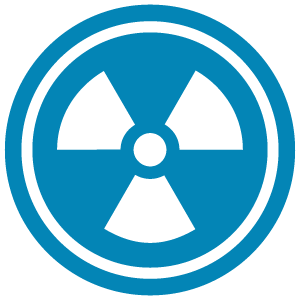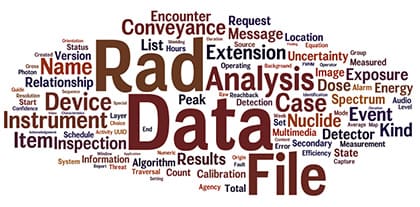Supporting the national effort to detect and interdict radiological and nuclear (Rad/Nuc) threats
The Chemical, Biological, Radiological and Nuclear (CBRN) subcommittee supports the national effort to detect and interdict radiological and nuclear (Rad/Nuc) threats. This national effort is termed the GNDA (Global Nuclear Detection Architecture) and involves the U.S. Department of Homeland Security (DHS), U.S. Department of Justice (DOJ), U.S. Department of Energy (DOE), U.S. Department of State (DOS), U.S. Department of Defense (DOD), the Governmental Nuclear Regulatory Commission (NRC), and state, local, tribal, and territorial agencies.
Mission
The CBRN subcommittee provides the primary source of data elements and attributes for the N.25 Information Exchange Package (IEP) as well as a source of standard components for other IEPs when there is a need for data components that have been defined in the CBRN subcommittee.
Governance
The CBRN subcommittee is governed by the CBRN Community of Interest (COI) and is currently under the stewardship of the Countering Weapons of Mass Destruction (CWMD) office, which is a Component of DHS. To support the need for information-sharing in the Preventive Rad/Nuc Detection mission area, CWMD, with the support and cooperation of the CBRN COI, developed a standard messaging protocol for interoperability and information sharing among the GNDA participants. During the development of the N.25 Protocol, the CBRN subcommittee was established to publish a set of data elements and common Rad/Nuc vocabulary that did not already exist in the model. Subsequently, these subcommittee elements were harmonized with the Maritime and International Trade subcommittees.

Explore CBRN model content
This word cloud shows the most commonly used CBRN subcommittee elements in the NIEM data model.

